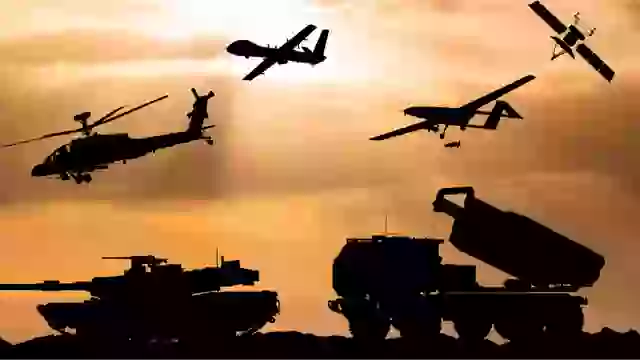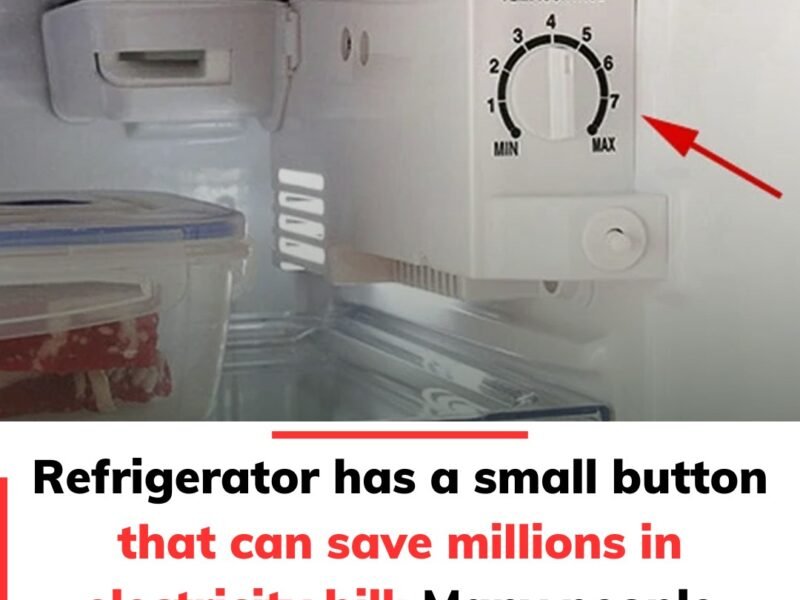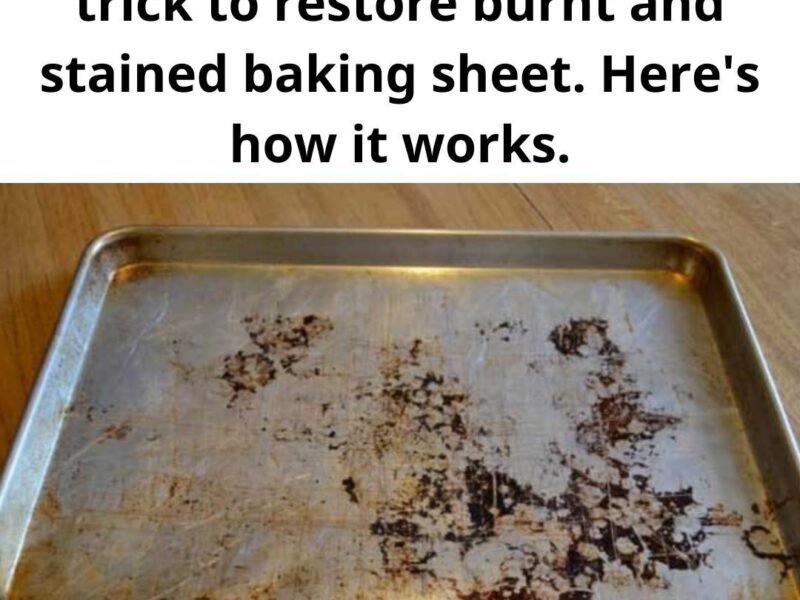As global tensions spark fears of World War 3, the threat of a nuclear attack feels more real than ever. A nuclear explosion is a terrifying thought, but experts say the first 10 minutes are critical for survival. By knowing what to do, you can take quick action to protect yourself and your loved ones, turning fear into preparedness with clear, lifesaving steps.
The concern over nuclear weapons is growing, with recent U.S. airstrikes on Iran’s nuclear sites highlighting the issue. Even JD Vance shared a story about a moment he thought President Trump had triggered a nuclear strike, only to learn it was just a press of his Diet Coke button. The mix-up was funny, but it shows how nuclear fears are on everyone’s minds, making it vital to know how to respond in a real emergency.

The International Commission on Radiological Protection (ICRP) offers essential advice for those first crucial minutes. A nuclear detonation, whether from a missile or a portable device, can cause widespread harm, but finding shelter fast can save lives. The ICRP points to Eizo Nomura, who survived the 1945 Hiroshima bombing by being in a basement 170 meters from the blast’s center, living until 1982. His story shows the power of finding the right shelter.
You have about 10 minutes after a blast to reach a safe spot before radioactive fallout—harmful particles from the explosion—begins to settle. The best shelters are buildings with brick or concrete walls, like multi-story structures, or underground areas like basements, subways, or parking garages. These protect against fallout, which can cause radiation sickness, cancer, or worse if you’re caught in it.
Being ready means acting fast. If a nuclear strike happens, don’t hesitate—head for the nearest sturdy building or underground space. By understanding these steps and staying calm, you can greatly improve your chances of staying safe. The first 10 minutes are your window to find shelter and protect yourself from the dangers of a nuclear explosion, giving you a fighting chance in a crisis.


